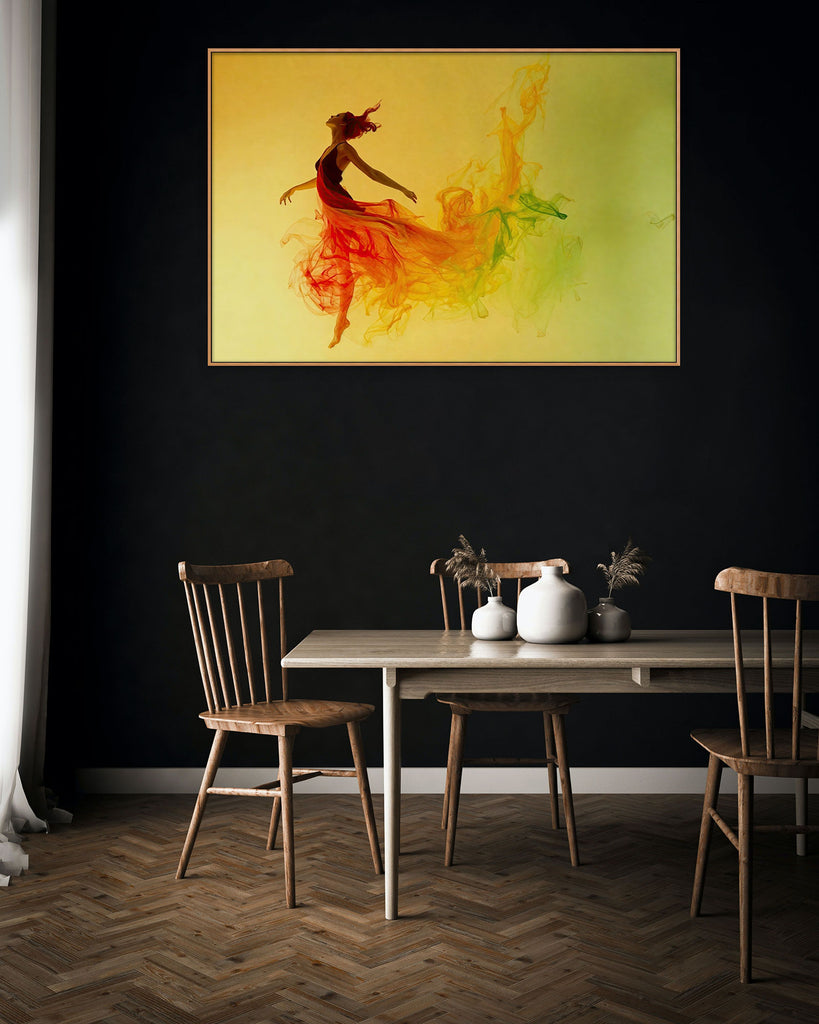The Painter’s Muse
I am reliably informed that in the end everything makes sense. All you need is a bit of distance and reflection.
It’s like viewing a large painting in a gallery, by all means go in close to see the finer details but to understand the message and soul of the art, it’s best if you stand back and take it all in…the blossoming of the Painter’s Muse series is no different.
The seeds were first sown many years ago as a teenage art student on a warm spring morning at my school in Hove. That day I was sat in one of the many high-ceilinged classrooms in the original school building that started life as a 19th century nunnery and convent for girls.
The nuns had supervised the building work, so I guessed it is to them we owed the thanks for the high ceilings, some of the largest windows I have ever seen and the abundance of light that flooded the room that day.
They were also responsible for the landscaping of the site, and the planting of the trees that still adorn the school grounds today. Trees I know well from running through during our weekly cross country runs when myself and classmates always made sure to run extra fast through as we passed the onsite cemetery where the nuns long lay.
The nuns ran the school primarily as a fee-paying school for wealthy families, with pupils including Princess Maire Louise, granddaughter of Queen Victoria but perhaps ahead of their time they also provided education for poor local children.
I’d like to think something of all of them, nuns, royalty, poor local children were invisibly swirling around the room that day many years ago whispering their inspirations to us.
As I sat in front of my easel, working on an early attempt at a still life, I would periodically dip my paintbrush into in a clear vase filled with water and its bristles gently swayed as streaks of colour were released into the liquid.
I remember watching the once transparent water gradually transformed into a mesmerizing blend of hues, with swirls of oranges, greens, and yellows dancing together in a silent, aquatic ballet. The light from the windows shone directly through the vase and I got my first glimpse of the dancing muses in my mind’s eye.
Over the following years I tried recreating the mesmerising effect of the dancing colours down various paths. From traditional painting techniques to the complexities of photography, I experimented but my imagination was never reflected within the frame in front of me.
As time went by the essence of what I sought to capture slowly slipped through my fingers like the very water that inspired me and for a while the idea dissolved into the background of life.
And then suddenly it was reawakened on a recent visit to the Charleston House in Firle. This famous Sussex house came to prominence as the gathering point for some of the 20th century’s most radical artists, writers, and thinkers, including Virginia Woolf, John Maynard Keynes, and E. M. Forster and collectively they came to be known as the Bloomsbury group.
Today the house serves a museum dedicated to their art and ideas and while exploring the house, my first time there, I bumped into my old art teacher who had set the assignment for the still life all those years ago in the high-ceilinged classroom.
We chatted for a while, reminiscing about the past and as we parted, the memories of the dancing colours came flooding back, expect this time I knew I would now be able to create the images I had imagined that day.
I got to straight to work as soon as I got home. First with a conceptual sketch to capture the emotions and essence I wanted to convey. And then experimented with various digital textures and patterns to mimic the fluidity and organic nature of paint in water and finally using the latest AI and design tools to fine-tune the colours, shadows, and light, adding depth and emotion to the images.
Ironically, in the end for something so long in the making my final and hardest challenge was not the creation, the process done with Fela Kuti, Four Tet, Eluvium and their fellow musicians playing in the background was pure joy, the hardest part was the curation.
In today’s world it often appears that overabundance instead of scarcity is the big obstacle to fulfilment. I spent a great deal of time choosing which images to present to you and in the end selected the ones in this series.
Why them? Because they are the ones I saw dancing in the glass vase all those many years ago. Or perhaps they chose me, like the Sirens calling out to Odysseus on the journey home.
After the selection was made I looked at the faces closely, had I seen them before? Glimpses of faces disappearing round the corridors of the old nunnery, nuns without their habits…
And so there we have it, the inspiration behind the Painter’s Muse, like a baton in this Olympic year handed over to me and now I pass on to you.
